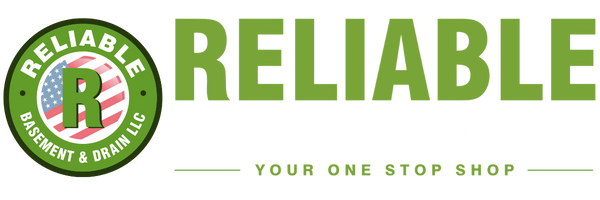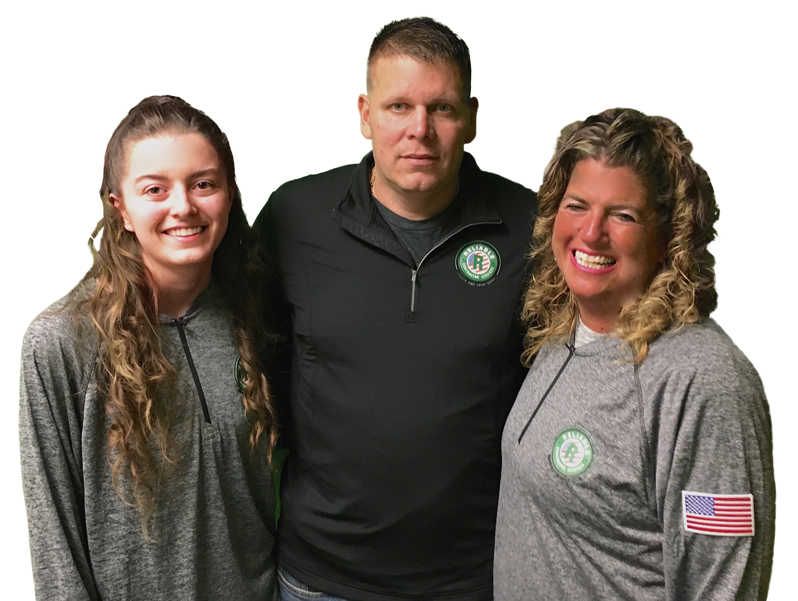Should You Use a Backflow Preventer for a Sewer System?
When water flows the wrong way through your home’s pipes, the mess it leaves behind can be a real headache. This kind of backup isn’t just unpleasant. It can damage floors, walls, and make parts of a home unsafe to use. That’s where a backflow preventer for sewer system lines comes in. It’s a tool that helps stop dirty water from coming back through your drains.
As fall approaches in Cleveland, the combination of heavy rain, wet leaves, and aging sewer systems can lead to trouble. The risk goes up when stormwater fills the pipes faster than they can drain. That extra pressure pushes water back into homes where it doesn’t belong. Taking simple steps now, like learning how a backflow preventer works, can make a big difference before colder weather moves in.
What Is a Backflow Preventer?
A backflow preventer is a valve that keeps used water from flowing the wrong way. Normally, waste and dirty water flow out of the house through the sewer line. But when pressure builds up from outside, it can push that water back toward sinks, tubs, and toilets. This is more likely when drains are low to the ground, like in a basement or first-floor bathroom.
The preventer works by closing off the line with a flap or seal when it senses water coming in the wrong direction. That keeps sewer water where it belongs, outside your home. You’ll often find these valves in basement plumbing or in homes that connect to older sewer systems where street-level backups are more common.
The nice thing is, once it’s installed correctly, it just does its job in the background. For most homeowners, it’s easy to forget it’s even there until it saves the day during a big storm. Reliable Basement and Drain offers professional backflow preventer installation for main and branch lines, providing different models designed for basements, laundry areas, and even outdoor cleanouts.
Why Backflow Happens in Sewer Lines
Backflow happens when the pressure in a sewer system gets higher than the pressure inside your home. One of the main causes is heavy rain. In places like Cleveland, fall can bring sudden storms that overload sewers with leaves, water, and debris. When the system can’t keep up, that pressure pushes water wherever it can, including back into your pipes.
Another common cause is when tree roots or clogging in outdoor lines block the flow, slowing things down until the water has nowhere left to go. When that backed-up water reaches a low point, like a basement drain or laundry sink, it often enters there first.
Homes with lower plumbing or located in areas where the land dips are more likely to face this kind of risk. The water follows the path of least resistance. If a home sits at the bottom of a hill or near an older sewer main, the pressure can build quickly during a storm. That’s why being aware of conditions outside and having backup protection can be so helpful.
Signs That You Might Need One
Some signs of backflow risk start as small annoyances. A slow drain might not feel urgent, but it can mean there’s extra pressure building where it shouldn’t be. If a toilet starts gurgling when another drain is used, that’s another possible hint. Frequent clogs without clear causes might also tell you something’s going on deeper in the system.
Another red flag is if your home has flooded before. Maybe you’ve had water come up through a basement drain during a strong rain, or there was an odd smell near your lower floor bathroom after a storm. If your house is in a low spot, below street level or near a slope, you might want to think ahead before the next big downpour.
While these warning signs can be easy to brush off, they’re worth checking into. If something feels off with your drains or plumbing, having someone take a closer look could help prevent a much bigger problem later on. Reliable Basement and Drain can perform camera inspections to spot hidden blockages and recommend if a backflow preventer for sewer system lines is needed.
The Pros of Installing One Ahead of Fall
Fall in Ohio doesn’t just bring cooler days and changing leaves. It’s also a time when outdoor drains see a big jump in use. Leaves block grates. Gutter systems back up. And when it rains hard, stormwater starts filling up sewer systems quickly.
Having a backflow preventer in place before that happens can save time, money, and stress. No one wants to worry about raw sewage backing up into a finished basement or a newly remodeled laundry room. The preventer acts like a one-way guard that blocks that flow from making a mess inside.
More than anything, it brings peace of mind. When strong winds blow and rain hits hard, you don’t want to be thinking about your drains. You want to know they’re set up the right way and ready to handle it. Installing one before October’s wet weather hits full stride is a smart step that can help avoid a bigger mess later on.
Are There Any Downsides or Things to Know?
While a backflow preventer for sewer system lines can do a lot to protect your space, it does need the right care to keep working. Like anything with moving parts, it might get clogged or worn over time. That’s why it helps to have it checked now and then, especially before the cold weather rolls in.
It also needs to be installed properly, with the right pitch and support in the pipe. If it’s not placed in the correct part of the system, it won’t do its job well. A professional can help figure out if a preventer will help your setup and where it should go to work best.
Some models are easier to check than others, but none of them should be ignored once they’re in. Keeping them clean and making sure they seal right is part of making them last.
A Cleaner Start to the Cold Months Ahead
Using a backflow preventer for sewer system protection helps guard your home against problems you don’t want to deal with, like standing water or backed-up drains. When installed the right way, it makes it harder for sewer water to push its way back into your living space.
As October arrives in Cleveland, the mix of leaves, storms, and busy drains means it’s a good time to look at how your system handles water. Staying ahead of those changes helps everything run smoother, so you can sit back and enjoy the season with less worry.
Homes in low-lying parts of Cleveland are more likely to face basement backups once fall rainstorms roll in. A properly working backflow preventer for sewer system trouble can stop dirty water from reversing into your home during heavy weather. It runs quietly behind the scenes but plays a big part in protecting your space. At Reliable Basement and Drain, we help homeowners get ahead of the season with the right setup before storms become a problem.

